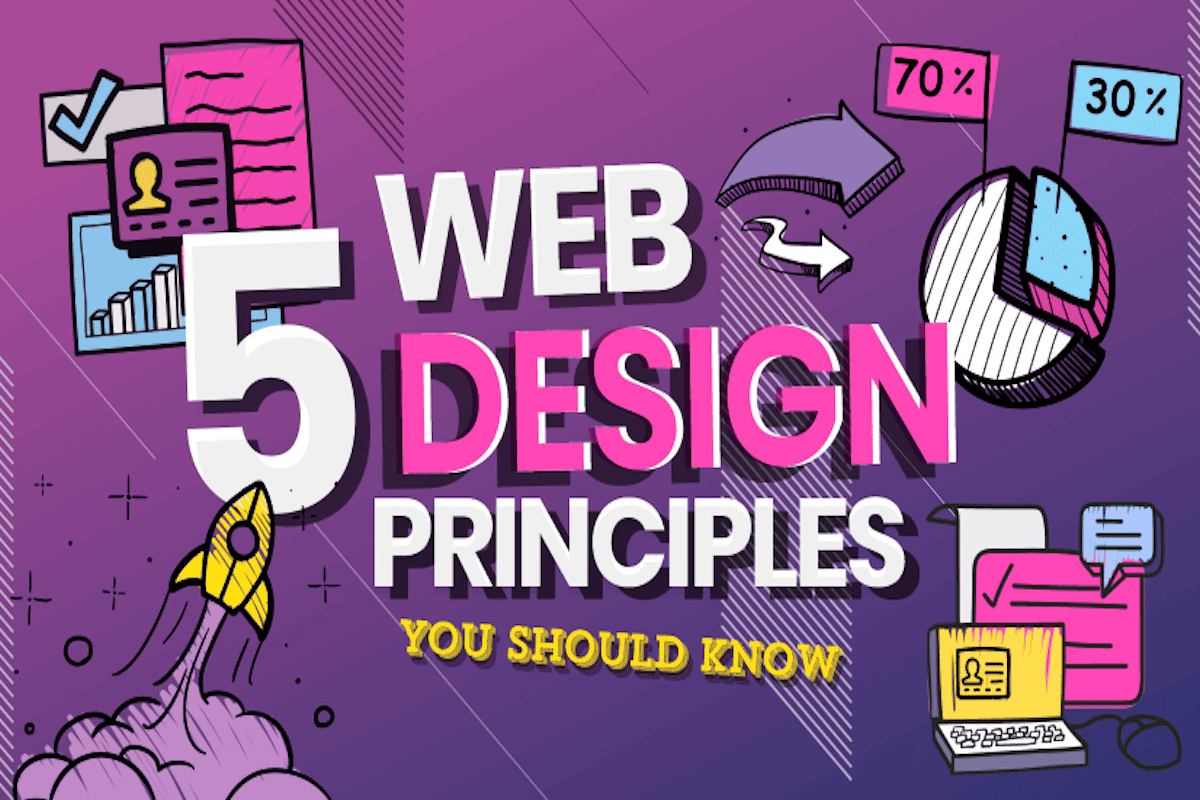In our increasingly digital world, web designers wield immense power and responsibility. Every choice they make—from layout and typography to data collection and user engagement—can impact not only user experience but also broader ethical considerations. Ethical web design is about creating digital experiences that prioritize user well-being, privacy, and accessibility while ensuring transparency and fairness. In this blog, we’ll explore the principles of ethical web design and why they are crucial for the future of the internet.
Prioritize User Privacy
Respecting user privacy is fundamental to ethical web design. Websites should be transparent about their data collection practices, obtain informed consent from users, and provide options for controlling their data. Implement privacy policies, data encryption, and secure storage practices to safeguard user information.
Accessibility for All
Web accessibility is a cornerstone of ethical design. Ensure your websites are usable by individuals with disabilities by following accessibility guidelines like WCAG (Web Content Accessibility Guidelines). This includes providing alt text for images, keyboard navigation, and readable font sizes.
Inclusivity and Diversity
Ethical web design promotes inclusivity and diversity. Avoid reinforcing stereotypes in your visuals and content, and consider diverse user perspectives when designing interfaces. Make sure your website is a welcoming space for everyone, regardless of their background.
Transparency in Design Choices
Be transparent about design choices that may influence user behavior. For example, disclose the use of dark patterns (manipulative design tactics) and provide clear explanations for why certain design elements or notifications are presented to users.
Load Time and Performance
Ethical web designers consider the environmental impact of their work. Optimize web pages for speed and efficiency to reduce the carbon footprint associated with website loading. Minimize the use of large media files and unnecessary scripts.
Data Collection and Consent
Collect only the data that is essential for the intended purpose and ensure users are aware of what data is being collected and how it will be used. Clearly present options for users to opt in or out of data collection and third-party tracking.
Security Measures
Prioritize the security of user data. Regularly update and patch your website’s software to protect against security vulnerabilities. Implement SSL encryption to secure data transmission and protect user privacy.
User-Centered Design
Place user needs and well-being at the center of your design process. Conduct user research to understand their goals, challenges, and preferences. Create intuitive, user-friendly interfaces that make it easy for users to achieve their objectives.
Content Integrity
Promote the integrity of information presented on your website. Avoid spreading misinformation or fake news. Provide credible sources and citations for factual claims. Encourage critical thinking and responsible content sharing.
Feedback and Accountability
Welcome user feedback and be accountable for your design choices. Actively listen to user concerns and make improvements based on their feedback. Continuously evaluate the ethical implications of your design decisions.
 Conclusion
Conclusion
Ethical web design is not just a trend; it’s a responsibility. As web designers, we have the power to shape the digital landscape and influence how people interact with technology. By prioritizing user privacy, accessibility, inclusivity, transparency, and ethical considerations in our work, we can create a better digital future where the internet is a safer, more equitable, and more empowering place for all. Ethical web design isn’t just about aesthetics and functionality; it’s about building trust and fostering a sense of responsibility for the well-being of the users we serve.

